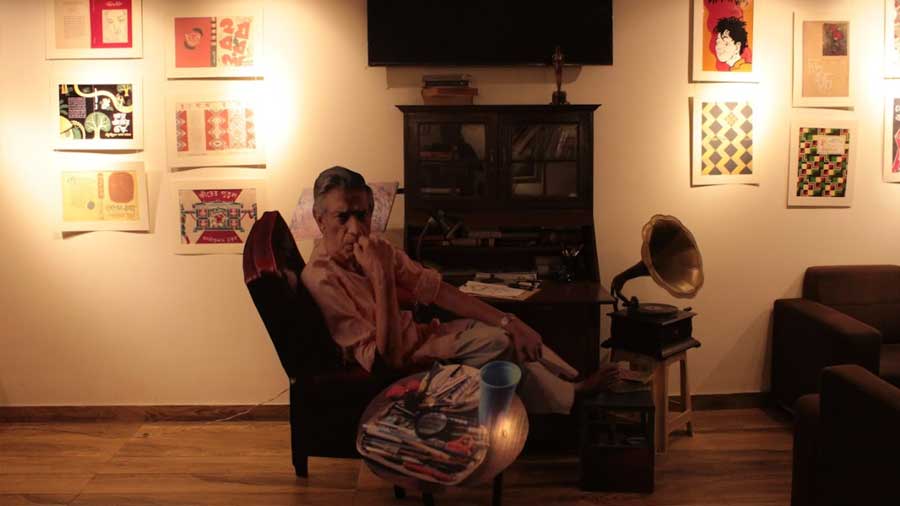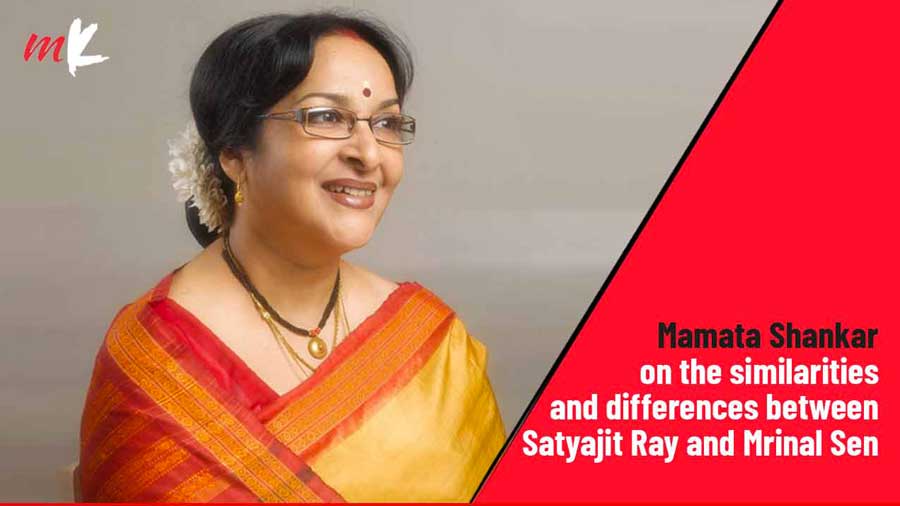Delhi’s Deshbandhu Chittaranjan Memorial Society celebrated the legacy of Satyajit Ray by organising an exhibition of Ray’s iconic book and magazine cover illustrations between July 9 and 16. Following Ray’s centenary last year, the exhibition, titled “inspiRAYtion”, aimed to commemorate the artist’s timeless contributions to art, cinema and literature.
The week-long exhibition was housed at the ground floor lounge of Chittaranjan Bhavan, one of the community centres in Chittaranjan Park in south Delhi. The exhibition consisted of framed poster-size covers of Ray’s prominent series of works, namely Feluda, Professor Shonku, Ek Dojon Goppo and Aaro Baro. Besides the posters, three floor-to-ceiling flexes decorated one end of the room, containing monochrome photographs of Ray, the filmmaker, in action.
A ‘Ray corner’ featuring a cut-out of the man himself
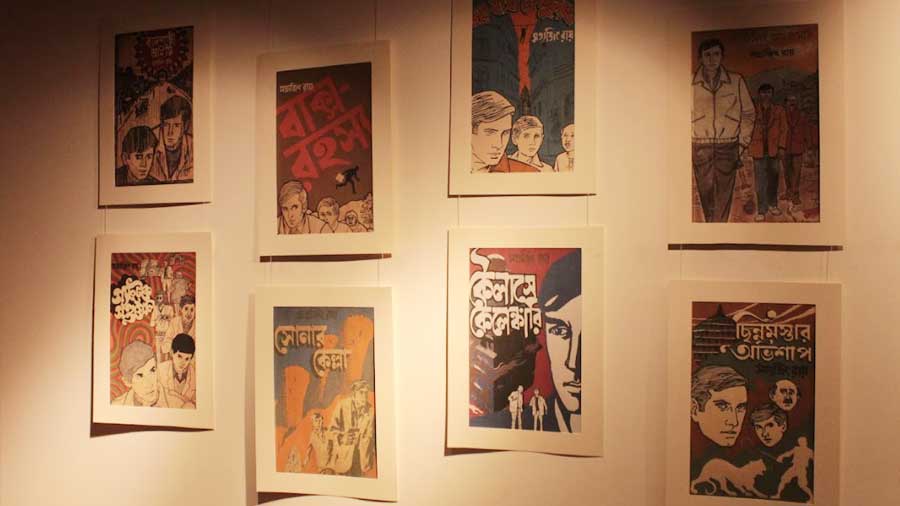
Framed covers of some of Ray’s most famous stories
Prominent stories in the Feluda series, like Badshahi Angti, Gangtokey Gondogol, Baksho Rohoshyo, Shonar Kella, Joy Baba Felunath, Koilashe Kelenkari, Darjeeling Jomjomat, Tintorettor Jishu, among several others, were framed and hung on the walls of the lounge as a part of the exhibition. A collection of stories from the Shonku series were also on display. As members of the society walked in to look around and sipped tea while munching a savoury puff, the familiar themes of Aha ki Ananda and Nahi Jantra amped up the background.
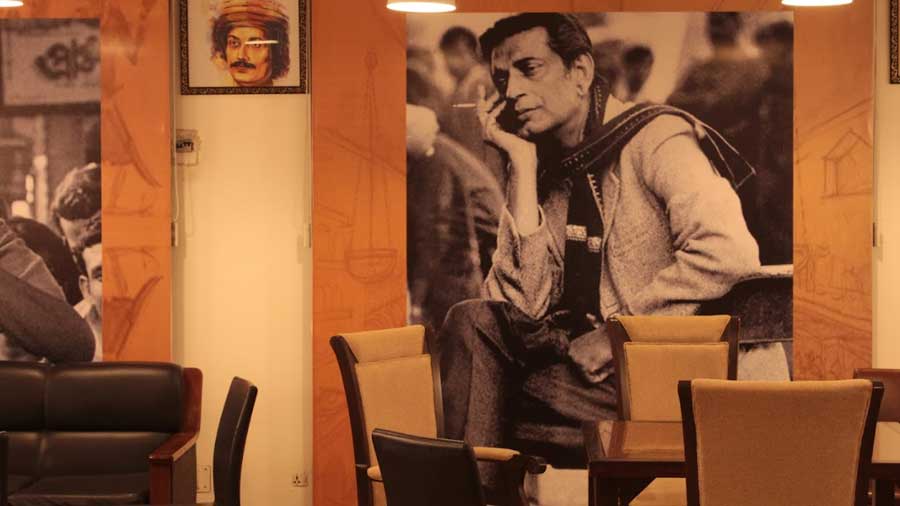
The exhibition was organised by Delhi’s Deshbandhu Chittaranjan Memorial Society
But the main attraction of the exhibit was a special Ray installation on one side of the room. Assembled together, the “Ray corner” featured a life-size cut-out of Ray on his recliner, while a vintage study table was decorated with possible items used by Ray at the back. A portrait of Sarat Chandra Chattopadhyay, a couple of old calligraphy pens and ink pots, a defunct study lamp, some old copies of Oscar Wilde and theatre anthologies decorated the corner, giving it a “period” feel.
Greeting visitors at the entrance was a cardboard cut-out of Apu and Durga, the sibling duo from Ray’s Pather Panchali. The figures were pasted on multiple layers of cardboard kashful, on a colourful background that showed the steam engine entering from afar. That iconic scene from the film, which was emulated by a tall 3D banner, was the starting point from where the rest of the exhibition emerged.
‘We didn’t want to miss Ray at 101’
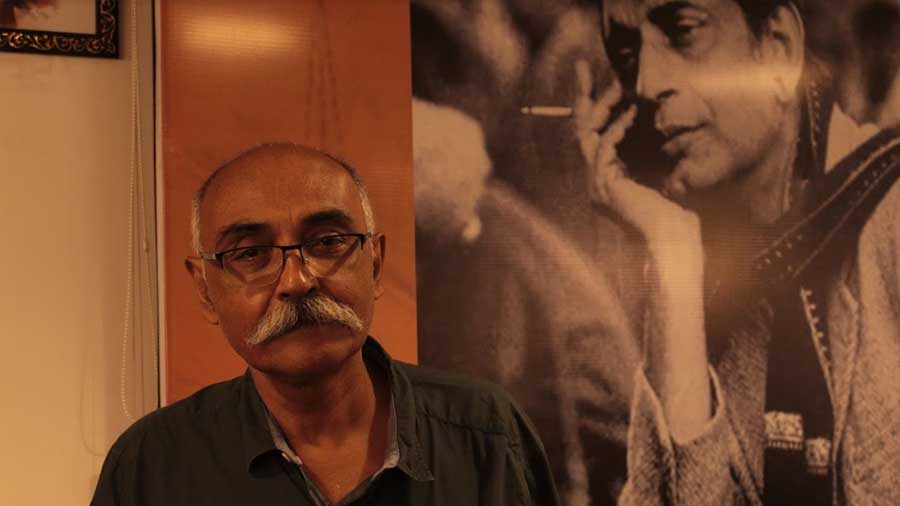
Ashish Banerjee mentioned that all the items present at the exhibition constituted donations to the Society
Ashish Banerjee, the curator of the exhibition and member of the Society, said that his identification with Apu inspired him, and that is how the prospect of the exhibition and its name came into being. “We missed out on celebrating Ray at 100 last year, we didn’t want to miss out on Ray at 101,” he said. Speaking about the items of the exhibition, he added: “Everything used for this exhibition has been donated to us..some of the objects belonged to the Society, some to the members individually and some were contributory items.”

Dasgupta said how the exhibition initially planned to incorporate Ray’s films and songs but ran into challenges
Siddhartha Dasgupta, the Secretary of the Society, said that much of the intent behind the exhibition was to bring back a sense of normalcy in a post-pandemic world: “This was the first time that we did something of this sort. So, we were apprehensive of how it would be received and how the public would engage with this.” Dasgupta remarked that they had initially planned to incorporate Ray’s films and songs into the exhibition, too, but faced a few challenges which limited them.
‘Never thought that I would discover Ray like this!’
One of the challenges that the organising committee faced was arranging the logistics. “This is not Kolkata, this is Delhi. Everything about Ray is not easily available. Even if we wanted to get his manuscripts, his used items, and knowledgeable people to speak on the occasion, we were constrained by the geographical distance,” said Dasgupta, who admitted that an initial idea of screening Ray’s films was scrapped. “People can easily stream it on their devices via YouTube or OTT platforms. We wanted first-hand community engagement.”
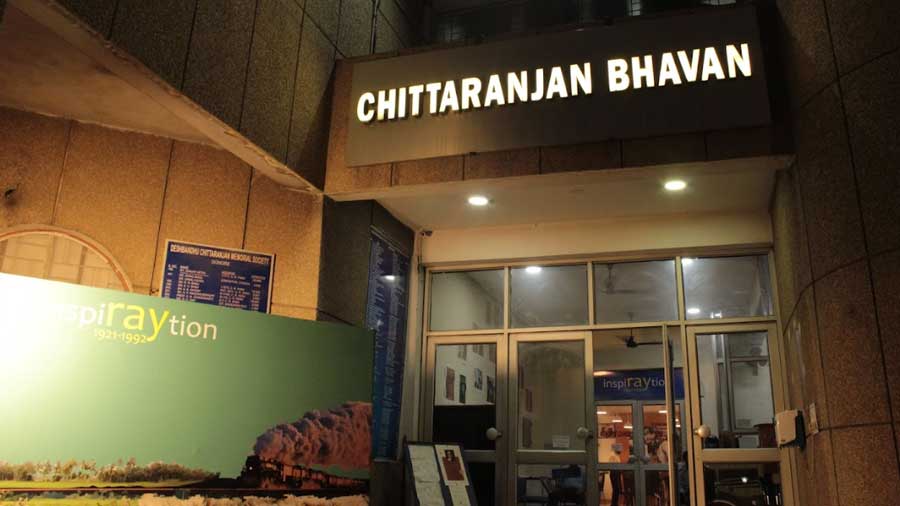
Visitors left some heartfelt comments after taking in the exhibition
As far as the engagement was concerned, the Society reported that they had a fairly good turnout. Nostalgic parents brought their children and acquainted them with the various posters of Ray and the stories they represent, while some made videos of the display on the walls, intending to send them to their families back in Bengal. Heartening comments filled up the pages of the feedback register placed outside the exhibition room. One of the visitors wrote, “Fantastic! Reminds me of the Bengali books that I read in my childhood”, while another wrote, “Never thought that I would discover Ray like this!”. One of the responses requested the organisers to “keep doing such events more frequently”.
Goutam Hore, a member of the organising committee said: “We had, in fact, planned to constitute discussions, talks, exhibitions on Ray’s calligraphy and art, songs, among other things. Now that we have received a good response, we will bring more events to the table.”
‘Only five per cent of kids in Delhi know Ray’

Ray must be taken up and understood by the next generation, said Hore
But how much of an inspiration is Ray to today’s generation, especially the kids in the Bengali diaspora? Banerjee, who recollects watching Goopy Gyne Bagha Byne and Khokababur Pratyabartan as a child, voiced a sad truth: “Here in Delhi, if kids know Ray at all, then it is just five per cent of the total number.” Hore added that today’s generation should feel the urge within to know Ray and discover his world of talent. Dasgupta was more hopeful, and said that in an upcoming book fair that is to take place in September, a corner dedicated to Ray has been proposed and is being worked out.
